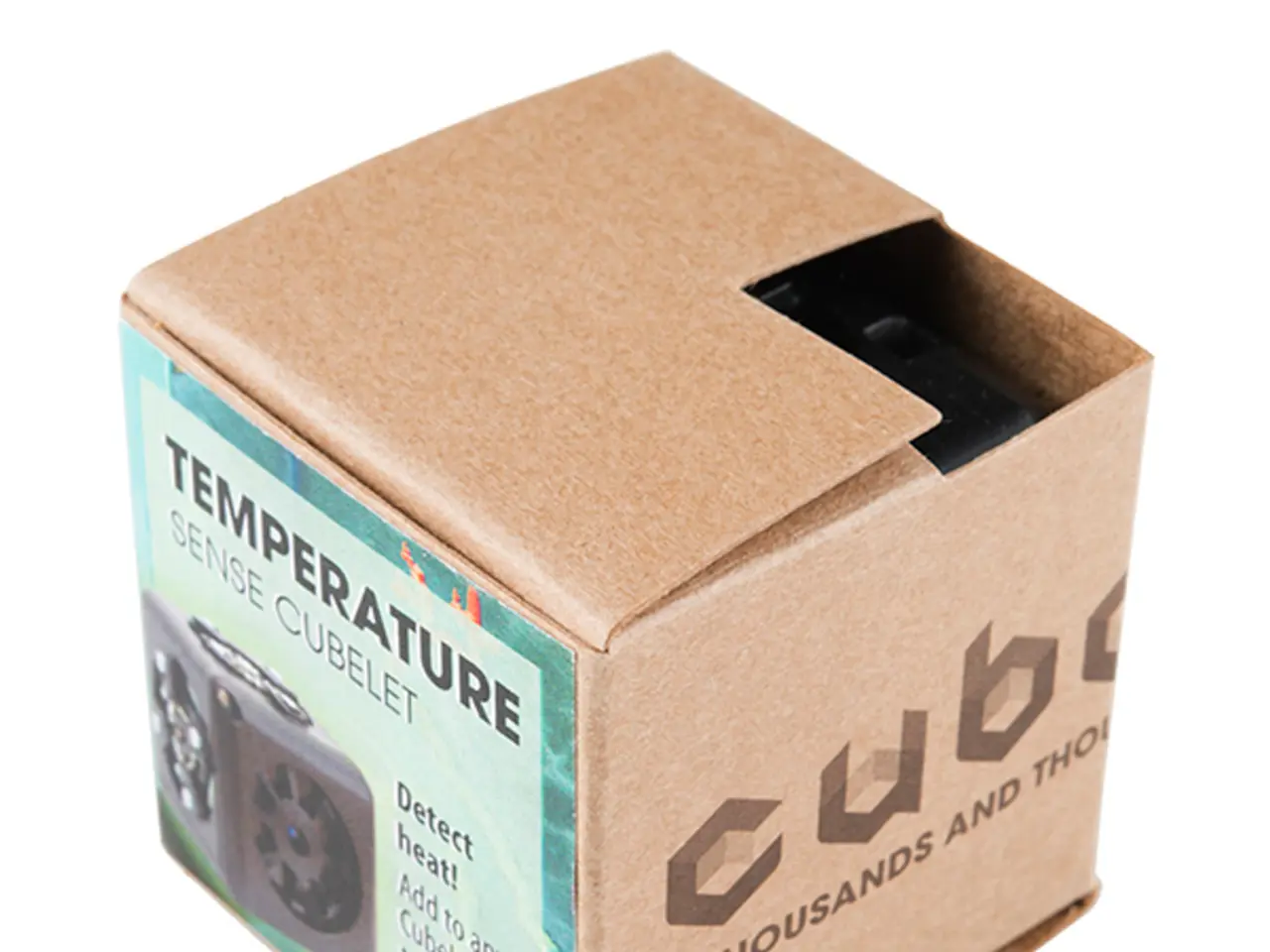Sustainable Packaging Strategies to Preserve the Earth
In today's eco-conscious world, businesses are increasingly recognising the importance of adopting sustainable practices. One such area where significant improvements can be made is in packaging.
Recycled paper, plastic, and glass not only save resources but also contribute to a cleaner environment. By choosing products with recycled materials, consumers can feel they are making a difference. The same goes for packaging. Recycled cardboard, kraft paper, and biodegradable plastics are just a few examples of eco-friendly materials that are gaining popularity.
Zero waste packaging is about creating a cycle where everything has a purpose. This concept is gaining traction, with companies finding ways to create packaging that can be reused or recycled completely. Innovations like bioplastics, reusable packaging, compostable materials, advanced sustainable materials, and circular engineering principles are leading the charge.
Bioplastics, made from renewable resources like cornstarch or sugarcane, are biodegradable or compostable, reducing landfill waste and pollution. Reusable packaging, designed for multiple uses, supports a circular economy by allowing consumers to return, refill, or exchange containers, significantly minimising waste. Compostable materials, such as packaging made from plant fibres, mushroom-based mycelium, or seaweed, break down naturally and contribute nutrients back to the soil.
Implementing environmentally friendly shipping practices is another crucial step. This includes material selection, reducing packaging volume, incorporating reusable packaging models, partnering with sustainable suppliers, educating stakeholders, continuous improvement, and optimising logistics. By consolidating shipments, choosing carriers with low-emission vehicles, and planning routes efficiently, businesses can lower their carbon footprint.
The benefits of zero waste/sustainable packaging are manifold. They include reduced environmental impact, improved brand reputation, cost savings over time, regulatory compliance, and health and safety. By choosing eco-friendly packaging for shipping, such as recycled cardboard or biodegradable wraps, businesses can reduce waste, attract environmentally-conscious customers, and avoid harmful toxins common in traditional plastics.
In conclusion, by combining innovative zero waste packaging materials and designs with sustainable logistics practices, businesses can significantly reduce their environmental impact while meeting consumer demand for greener products. Mushroom packaging and cornstarch peanuts are just a few examples of eco-friendly packaging materials that are compostable. Choosing eco-friendly packaging for shipping can not only reduce waste but also attract customers who care about the environment.
- To further support a cleaner environment and conserve resources, science can play a crucial role in developing advancements in environmental-science, such as the creation of innovative bioplastics and sustainable materials for packaging.
- By adopting environmentally-friendly practices in their lifestyle, home-and-garden choices, like using recycled materials for home decor or green plants to purify the air, individuals can contribute positively to mitigating climate-change.
- In addition to businesses promoting sustainable-living through zero-waste packaging, education on recycling and promoting circular economy principles at schools can help foster awareness and a new generation of eco-conscious consumers.




